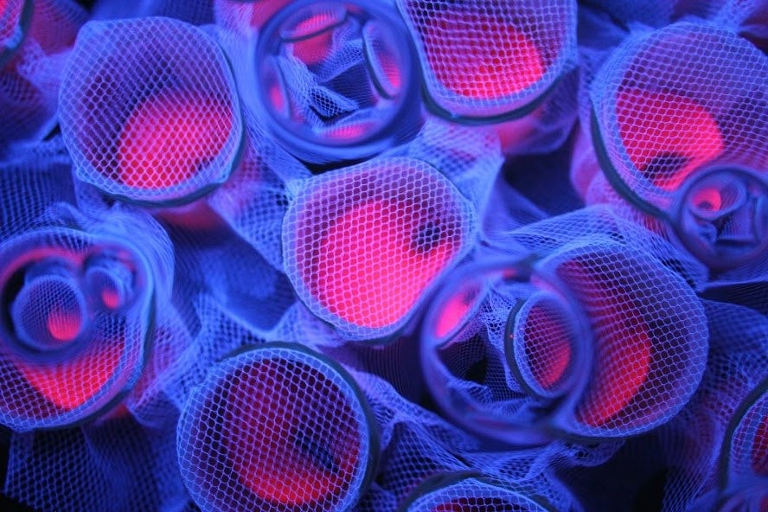This post was first published on the Cambridge Core blog, based on the original paper by Williams et al. It was selected as Parasitology‘s paper of the month for September 2019, and so is freely available for the month.
The impact of parasites can often reach beyond their individual hosts, shaping populations and communities in their ecosystems. Parasites often control the behaviour of their hosts, leading to their role as “ecosystem engineers,” changing the ways in which the hosts physically shape their environments.
In lakes and rivers, gammarid amphipods, small shrimp-like crustaceans, are known to act as ecosystem engineers by digging into the sand, in a process called bioturbation. Bioturbation is a major process in the ecosystem, as this digging alters the concentration of oxygen in the sand, the concentration of nutrients in the water, and the biological communities living in and on the sand. We wanted to know whether the amphipods would dig into the sand more or less when infected with behaviour-changing parasites, like Polymorphus minutus, and whether the temperature of the ecosystem influenced the rate of digging.
Continue reading “Can you dig it? Parasites influence the rates of bioturbation in lakes and rivers.”
